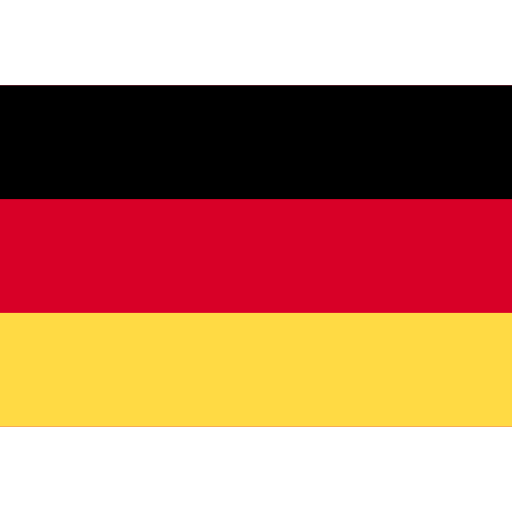Helmut Schmidt-Kirstein
(Aue/Erzgebirge 1909 - 1985 Dresden)
In the first of his three creative phases, Schmidt-Kirstein's works draw on the figurative. He initially faced the confused reality in the midst of traumatic political events after the Second World War with classical composure and nostalgia. The return from the Italian front to Dresden brought the decision to become a freelance artist. The Arcadian compositions in life-affirming color correspond to Kirstein's personality. In general, despite the hardships of everyday life, the joy of the senses dominates his work. His appreciation of the expressionists of the Dresden Brücke artists is equally noticeable in it. All he needs are a few bottles and jugs at the window, which he associates with other subjects, often young women and animals.
The forms become increasingly simplified until, from 1952, they separate themselves from the object. Along with Hermann Glöckner, Gerhard Altenbourg and Carlfriedrich Claus, he is one of the first non-figurative artists of the GDR. Since the mid-1950s, Schmidt-Kirstein has been particularly interested in monotypes, which are characterized by strong lines and at the same time controlled two-dimensionality of form. Grid-like structures, strong contrasts and a lively application of color characterize his work until he returned to the object in the late 1960s in his last creative phase. His abstract creative period is all the more outstanding in view of the fact that Schmidt-Kirstein had no contacts with the West, as did many of his non-representational colleagues at the time. [ED]

.jpg)
.jpg)
.jpg)
.jpg)
.jpg)
.jpg)
.jpg)
.jpg)
.jpg)